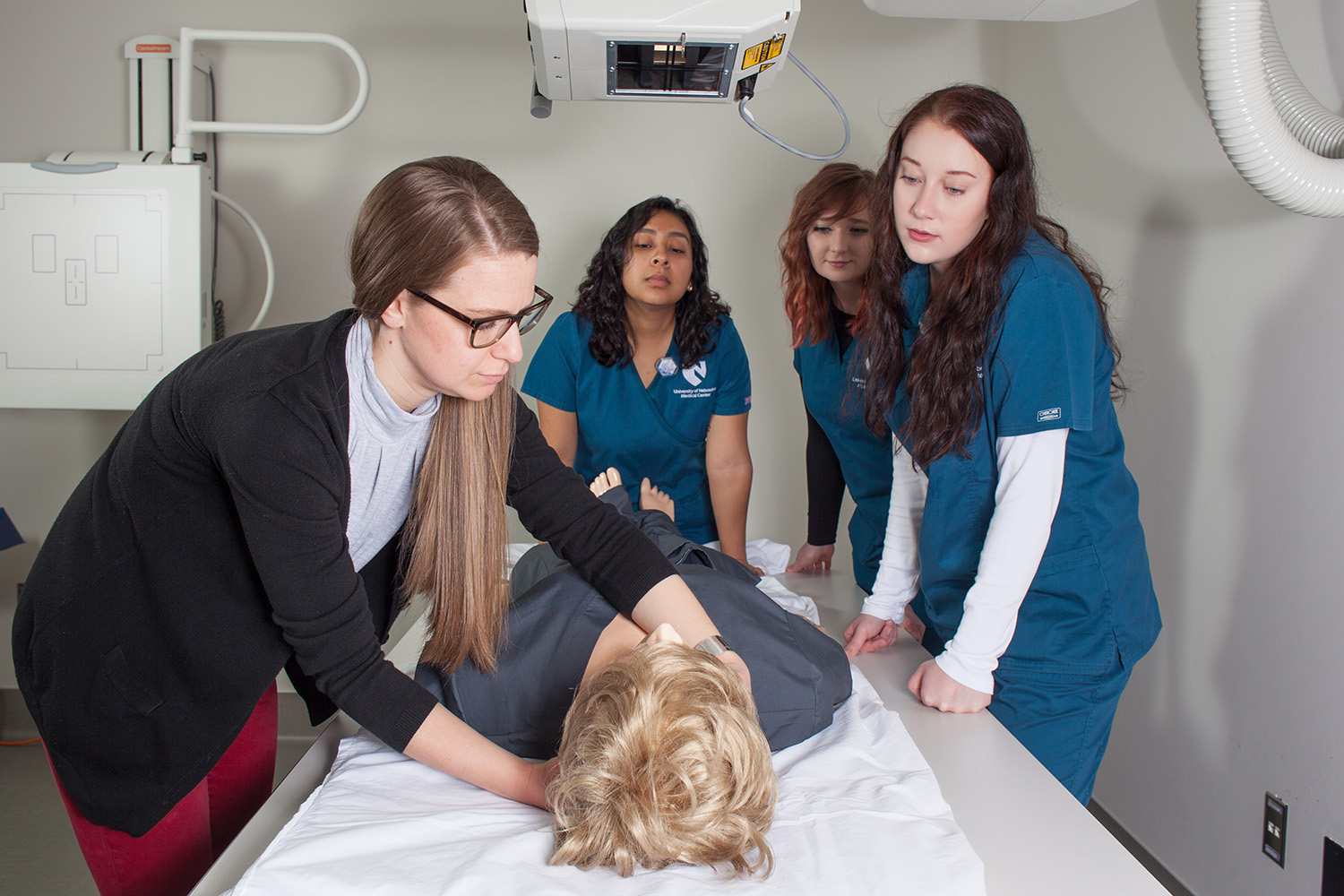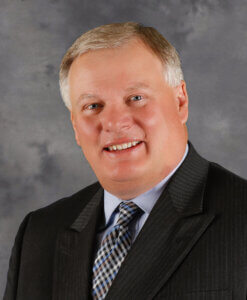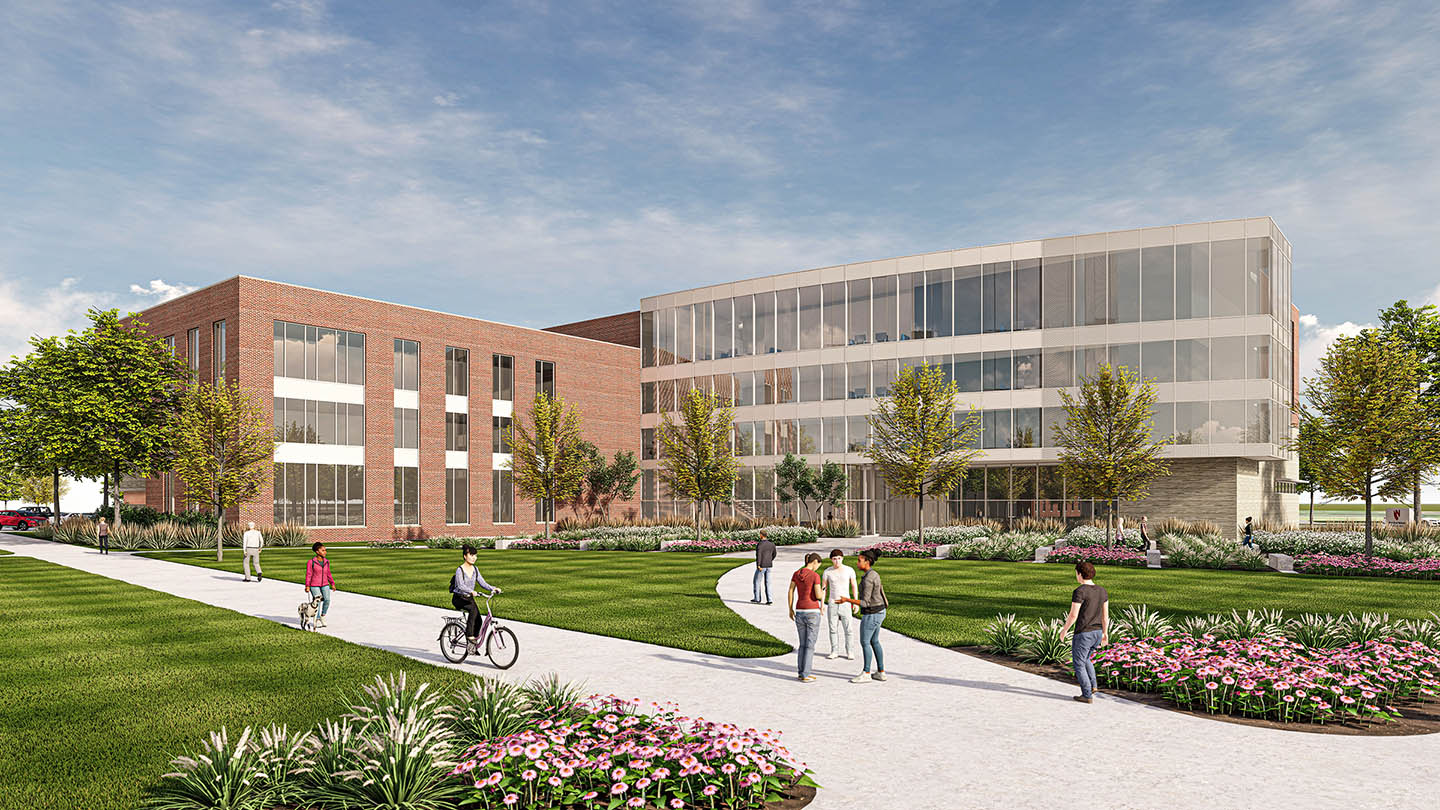
UNK was established 117 years ago to support the growth and development of the state, largely by educating teachers who would in turn educate the next generation of rural Nebraskans.
Nebraska needed, and UNK delivered. We were a solution with lasting benefits across the state, and even today, 1 in 7 Nebraska teachers has a degree from UNK.
Colleges and universities have an important economic impact, and community leaders across Nebraska in the early 1900s knew that. They fought to be home to UNK. But while we saw a very localized economic impact a century ago, the reach of UNK today is much broader.
It is UNK’s mission to be one of the nation’s premier undergraduate institutions with excellent graduate education, scholarship and public service. Our vision requires us to engage with the community and public interests.

Nebraska has a new workforce need. Rural areas need more doctors, physician assistants, nurses, physical therapists and the full range of allied health professions. Our colleagues at the University of Nebraska Medical Center have documented the shortage of health care professionals across the state. Fourteen Nebraska counties do not have a doctor. What happens when you are sick, and there isn’t a doctor nearby? You drive to the county that does have a doctor, and you spend your dollars there. That is money leaving your community.
What do people look for when they are moving to a new community? They want jobs, schools for their children and health care. We need rural communities to have good schools, and access to health care.
UNK has been working for some time to expand health care education in rural Nebraska. We know that beginning professionals are more likely to take that first job in the area where they completed their training, whether that is in supply chain management, K-12 teaching or health care. We need to train doctors and nurses outside of the metropolitan areas if we want them to work outside the metropolitan areas.
One indication of our excellence in undergraduate education is the high placement rate of our students in professional health care programs. Last year, 75% of our medical school applicants were accepted, when the national rate is about 10%. Fully, 98% of our students are accepted into nursing programs and 100% of our students are accepted into dental school. The list of success goes on. UNK students are successful because of our teacher-scholar model, with faculty who are engaged in their academic disciplines. We have excellent development, support and advising for our health science students led by Peggy Abels. We have a range of learning communities that support student development. We are built to help students succeed.
In 2015, we opened the Health Science Education Complex to provide a new home to UNMC programs in allied health and nursing. It quickly filled to capacity, and now is bursting at the seams. Program graduates are starting their careers in rural Nebraska.
Nebraska needed, and UNK delivered.

This spring, the Legislature and Governor Ricketts approved our proposal to establish a new facility on UNK’s campus representing five UNMC colleges, including medicine, public health and pharmacy. We have been working with UNMC, including Dr. Kyle Meyer, dean of the College of Allied Health Professions, and Nicole Carritt, director of rural health initiatives, to develop this larger vision. With the leadership of Ted Carter and the Office of the President, we are securing funding – including donations – for a new building that will bring these new and expanded programs to Kearney.
Senators John Lowe and Robert Hilkemann, who championed our legislation, and John Stinner, who is chair of the Appropriations Committee, understand the importance of health care in rural Nebraska, and they fought hard for this.
The new Rural Health Education Building isn’t just about Kearney. It is about health care in rural Nebraska. We are already conducting “pipeline” programs across the region, and we’re going to expand development and scholarship support to engage students in communities from Scottsbluff and Gering to Norfolk. Those are the young people who want to serve in their home communities, and that is where the jobs are waiting for them.
Students come to UNK because they want to get into the UNMC programs. They also want to study and prepare for careers in health care and long-term care management, psychology and counseling, kinesiology and sport sciences, and more. The close partnerships we’ve had with UNMC for decades, from pre-nursing to the INBRE medical research program to KHOP and more, complement each other.
As we develop a facility and programs that specialize in rural health, we will draw students from beyond Nebraska. Drawing more students to Nebraska is good for all of us.
With your continued support, we will deliver.
Doug Kristensen
Chancellor, University of Nebraska at Kearney